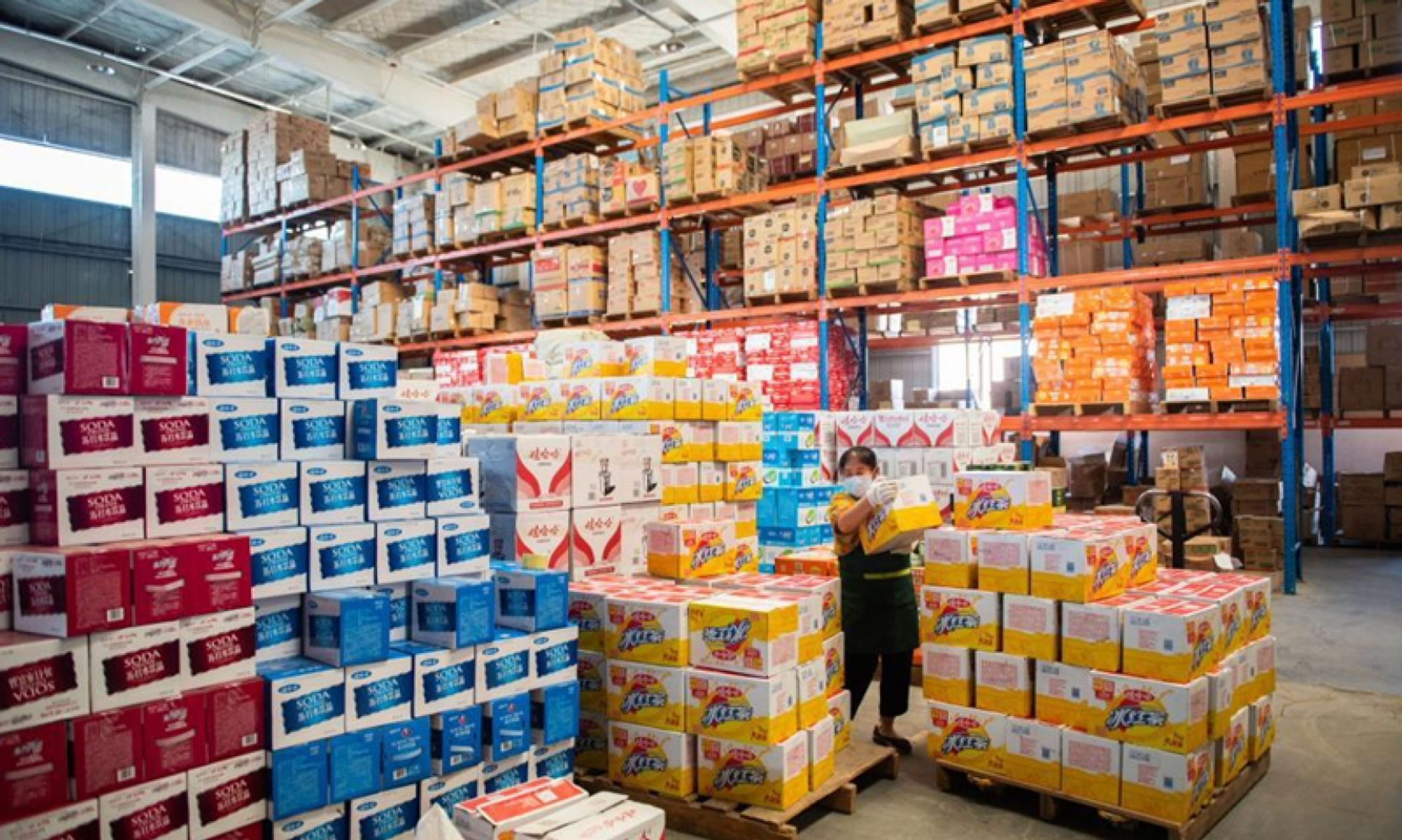China’s COVID-19 Outbreak Hits Ningbo, Shuttering World’s Largest Cargo Terminal

© Xinhua
Subscribe
In the rush to find better immune protections against the Delta variant of COVID-19, China’s medical products regulator has signed off on trials combining the country’s indigenous SinoVac vaccine with a new vaccine by the US-based company Inovio. SinoVac has also reported trials on a third shot show substantial immune benefits.
Ningbo-Zhoushan, the world’s busiest port facility in terms of throughput, ground to a halt on Thursday after a port worker tested positive for the Delta variant. Faced with its largest outbreak in a year, China has implemented sweeping controls to ensure the virus isn’t allowed to reach the point of uncontrolled spread.
According to the South China Morning Post, an employee at the port’s Meishan Terminal tested positive on Wednesday with an asymptomatic COVID-19 infection. The worker is 34 years old, and had received both doses of the SinoVac vaccine. According to the Global Times, they became infected through contact with foreign cargo or personnel, not via community transmission.
The Times noted that Yu is under hospital quarantine and all close contacts are “under epidemic management.”
A local official told the state-owned news outlet that while the SinoVac vaccine “is highly effective in preventing serious illness,” its protection rate is not 100%. The same has been found of a number of other COVID-19 vaccines in high use, including the American Moderna vaccine and the German-American Pfizer-BioNTech vaccine.
In response, the entire Meishan area was locked down, including the terminal and associated warehouse, but also public venues such as cafes, theaters, gyms, and houses of worship.
It’s a familiar scene playing out in cities all across China as daily COVID-19 cases spiked over the last two weeks to more than 100 cases per day and more than 1,000 since the outbreak began on July 20, proliferating in more than 40 cities.

A staff member transfers cases of drinks at the distribution center of a supermarket in Zhangjiajie, central China's Hunan Province, Aug. 5, 2021
© Xinhua
Following a model established in Wuhan in early 2020 that successfully blunted the initial outbreak of the novel coronavirus, the government has ordered people to stay home as warehouses work to send daily necessities to their front doors and health officials conduct massive COVID-19 testing sweeps and contact tracing operations.
On Wednesday, for the second day in a row, the Chinese National Health Commission reported a declining number of cases - 81 new cases, compared to 111 the day before and 143 the day before that. The decline reflected both fewer indigenous cases and few imported cases.
However, the shuttering of Meishan Terminal, which according to the Global Times is presently expected to be indefinite, will only reinforce an already declining volume of shipping entering the country after several typhoons swept through the region.
Typhoon In-Fa, which hammered the Yangtze River Delta last month as a category 2 storm, caused severe disruptions in the East China Sea and brought record rainfall to central China, exacerbating the flooding in Henan Province that killed more than 300 people. Some of China’s busiest ports were temporarily closed, including Ningbo and Zhoushan, the latter of which In-Fa’s eye passed over, but also Hangzhou and Shanghai, the latter of which is home to the world’s busiest container port.
Those cities have also had their own coronavirus-related shutdowns and delays that threaten to create a global bottleneck and to make congestion in Hangzhou Bay, where cargo ships for all the region’s port cities anchor in wait, even worse. According to Reuters, on Thursday the queue for Yangshan Port topped 30 ships while the line to access Zhoushan’s port was more than 40 ships, leading some shipping companies to redirect their vessels to other cities.
“While the congestion is rampant around major global ports, currently all attention is on China… because its ports are so large in scale, and exports starting from there would impact the overall global supply chain,” Akhil Nair, vice-president of global carrier management and ocean strategy at Seko Logistics, told SCMP.
On Wednesday, the Shanghai International Port Group inaugurated a new empty container dispatching center intended to relieve the worst cause of shipping delays by making available empty containers for new cargo.



